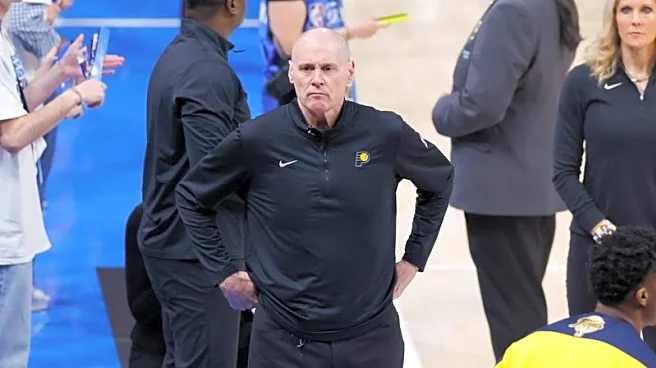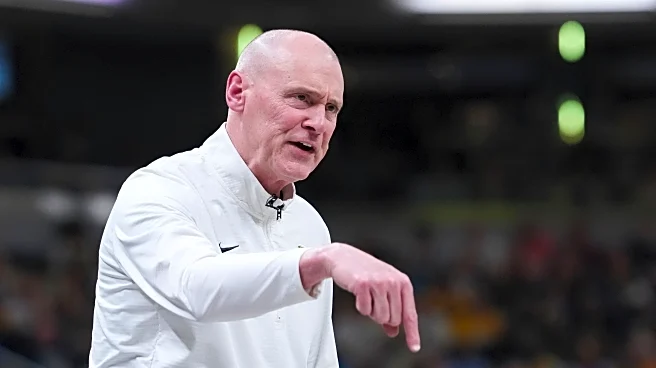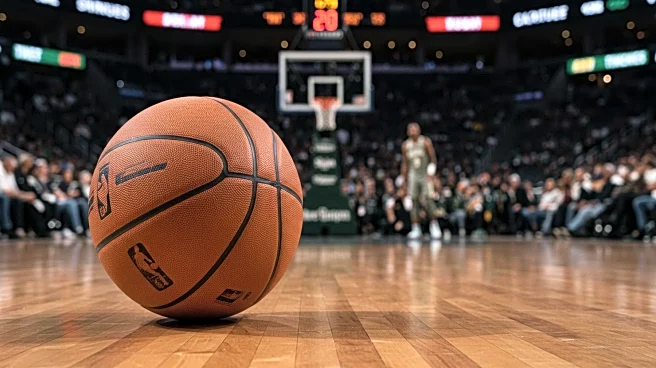What's Happening?
The NBA's second apron rules, part of the league's new collective bargaining agreement, are reshaping team payroll management, with significant implications for smaller-market franchises. According to a front office executive, these rules impose steep penalties on teams exceeding the second apron, a threshold above the salary cap. Penalties include limited access to trades, restrictions on signing buyout players, and constraints on roster flexibility. The executive highlighted the Milwaukee Bucks as an example, noting that financial pressures led to trading key players and restructuring contracts. The Bucks used the waive-and-stretch provision on Damian Lillard's contract to create space for a deal with Myles Turner, avoiding further tax penalties but underscoring the tough financial decisions even title contenders face.
Why It's Important?
The second apron rules were intended to promote competitive balance across the NBA, but there are concerns they may have the opposite effect. Smaller-market teams, which often lack the deep revenue streams of larger markets, may struggle to absorb luxury tax bills without cutting back. This dynamic could discourage aggressive win-now moves, potentially leading to premature roster dismantling. Large-market teams like the Los Angeles Lakers, Golden State Warriors, and New York Knicks can withstand the tax burden due to income from local TV, sponsorships, and arenas. In contrast, smaller organizations such as Milwaukee, Indiana, or Memphis may face forced roster resets, impacting their competitiveness and ability to retain star players.
What's Next?
As the NBA continues to implement the second apron rules, smaller-market teams may need to explore alternative strategies to remain competitive. This could involve focusing on developing young talent, making strategic trades, or seeking innovative financial solutions to manage payroll. The league may also face pressure to reassess the impact of these rules and consider adjustments to ensure they do not disproportionately disadvantage smaller-market franchises. Stakeholders, including team executives and players, may engage in discussions to address these challenges and advocate for changes that support competitive balance.
Beyond the Headlines
The introduction of the second apron rules raises broader questions about the NBA's approach to competitive balance and financial management. It highlights the ongoing tension between promoting parity and allowing teams the flexibility to build championship-caliber rosters. The rules may also influence player movement and contract negotiations, as teams navigate the financial constraints imposed by the second apron. Additionally, the impact on smaller-market teams could have cultural implications, affecting fan engagement and local support for franchises that struggle to compete with larger-market counterparts.














